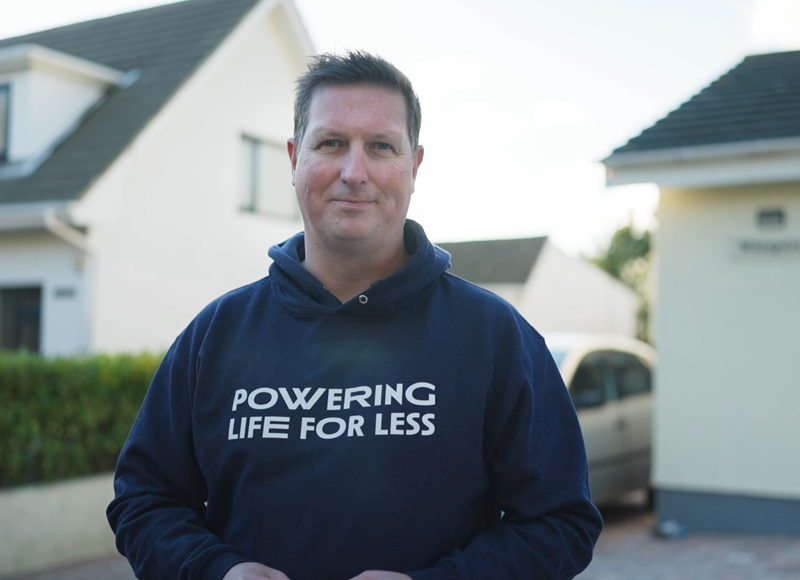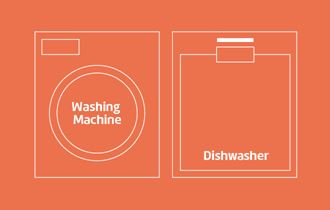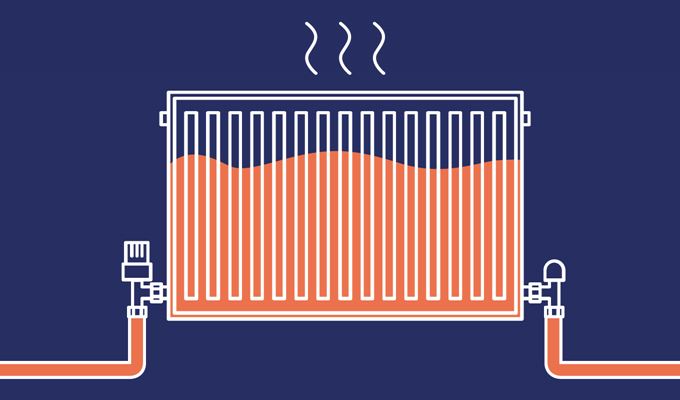We're finding ways to bring your bills down and power life for less this winter.

Presenter James Bentley explores the Langlois' day-to-day electricity usage in their home, and how they can make small changes to make big savings.
The Powering Life For Less Challenge continues with the Langlois Family. With some top tips from us, have they managed to bring their bills down? Watch the video to see how they’ve got on.
Meet the Gaudion family. They’re the next family taking on The Powering Life For Less Challenge. We're working with them to find small changes that make big savings, and power their lives for less this winter.
James Bentley explores the Gaudion’s day-to-day electricity usage in their home, and shares tips for how they can make their energy use more efficient.
With some energy-saving tips and new appliances, have they managed to bring their bills down?
Watch the video to see how they’ve got on.
Switching to a cost-effective appliance like a microwave, slow cooker or air-fryer, for 2-3 days a week could save you up to £250 a year

-
![]() The top 5 most energy consuming home appliancesWhich appliances make up the most of your bill and how to bring that number down.
The top 5 most energy consuming home appliancesWhich appliances make up the most of your bill and how to bring that number down. -
![]() Energy Savvy AlternativesTry one of these energy savvy alternatives just once a week, and you could save (and cook) in an instant
Energy Savvy AlternativesTry one of these energy savvy alternatives just once a week, and you could save (and cook) in an instant -
![]() Buying new appliancesTop tips for when it's time to upgrade your appliance. And how to get rid of your old ones
Buying new appliancesTop tips for when it's time to upgrade your appliance. And how to get rid of your old ones
Long Term investments

Whether it's washing clothes on a lower temperature or halving your time in the shower, there are plenty of easy ways to change habits. Find out more here.
Try your own challenge
Why not challenge your own household to make some savings? Can you follow this schedule for a week? See what habits you can try to bring your bills down.

























